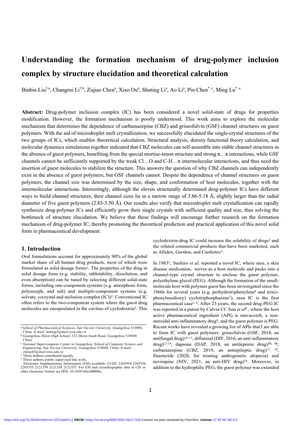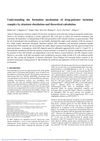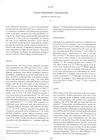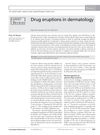Understanding the Formation Mechanism of Drug-Polymer Inclusion Complex by Structure Elucidation and Theoretical Calculation
October 2023

TLDR The research found how certain drugs and polymers form stable complexes, which could help develop new pharmaceutical forms.
This study investigates the molecular mechanism behind the formation of drug-polymer inclusion complexes (ICs), focusing on carbamazepine (CBZ) and griseofulvin (GSF). The research utilized microdroplet melt crystallization to elucidate the single-crystal structures of ICs, enabling structural analysis, density functional theory calculations, and molecular dynamics simulations. The findings reveal that CBZ can form stable channel structures due to its mortise-tenon structure and strong π…π interactions, while GSF requires guest molecules for stability because of weaker Cl…O and C-H…π interactions. The study also determined that channel size is influenced by the host molecules' size, shape, and conformation, as well as intermolecular interactions, with observed channel sizes ranging from 3.86-5.18 Å. The research confirms the efficacy of microdroplet melt crystallization in synthesizing drug-polymer ICs and growing high-quality single crystals, which is crucial for structural elucidation. These insights are expected to advance the understanding of drug-polymer IC formation mechanisms and aid in the development of pharmaceutical applications for these novel solid forms.




